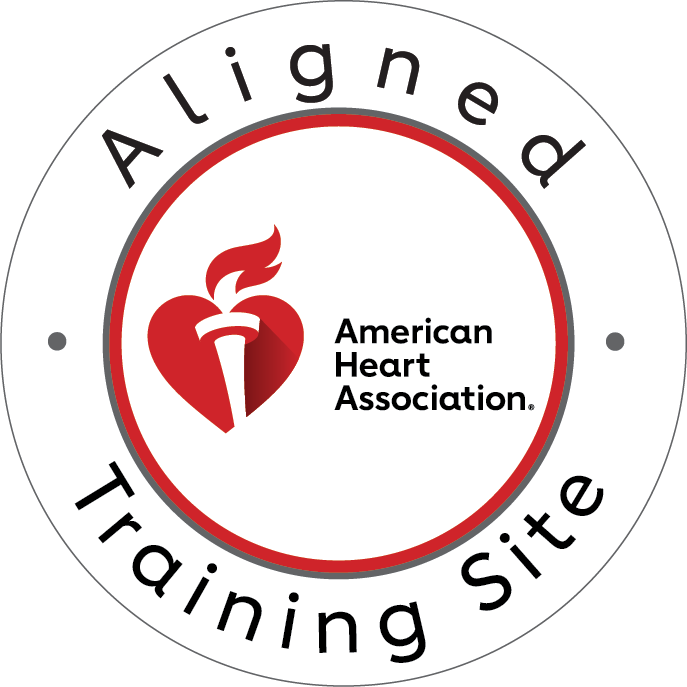When someone is choking, quick and proper action can mean the difference between life and death. Abdominal thrusts, sometimes called the Heimlich maneuver, are a proven emergency technique that can save lives when someone’s airway is blocked by food or other objects.
Understanding Airway Obstruction
Choking occurs when a foreign object becomes lodged in the throat or windpipe, blocking airflow. This emergency prevents oxygen from reaching the lungs and brain, which can lead to brain damage or death within minutes if not addressed.
The body’s natural response to airway obstruction is coughing. A strong cough can often dislodge minor blockages, but when a person cannot cough, speak, or breathe effectively, they are experiencing a severe blockage that requires immediate intervention.
Signs of severe choking include inability to speak, difficulty breathing, noisy breathing or high-pitched sounds while inhaling, weak coughing, bluish skin color, and panic or distress signals like clutching the throat.
How Abdominal Thrusts Work
Abdominal thrusts are designed to create an artificial cough by using external pressure to force air from the lungs to expel the blockage. This life-saving technique uses simple physics principles to clear obstructions.
The Science Behind Abdominal Thrusts
When properly executed, abdominal thrusts create sudden upward pressure on the diaphragm. This compresses the lungs and creates an artificial cough powerful enough to expel an object blocking the airway.
The technique works because:
- The diaphragm is the muscular wall separating the chest and abdominal cavities
- When sudden pressure is applied under the diaphragm and directed upward
- The pressure forces air from the lungs
- This creates sufficient force to expel the obstruction
The rapid increase in abdominal pressure translates to increased thoracic pressure, essentially creating a forceful artificial cough.
Performing Abdominal Thrusts Correctly
Properly performed abdominal thrusts can save lives, but technique matters. Here’s how to administer them correctly to different individuals:
Abdominal Thrusts for Adults and Children
When helping a conscious choking victim who is standing or sitting:
- Stand behind the person and wrap your arms around their waist
- Make a fist with one hand, placing the thumb side against the middle of their abdomen, just above the navel, and well below the breastbone
- Grasp your fist with your other hand
- Press your fist into the abdomen with a quick, upward thrust
- Repeat thrusts until the object is expelled or the person becomes unconscious
Each thrust should be separate and distinct, applying sufficient force to dislodge the obstruction.
Abdominal Thrusts for Pregnant or Obese Individuals
For pregnant women in late pregnancy or obese individuals:
- Position your hands at the base of the breastbone
- Perform chest thrusts instead of abdominal thrusts
- Apply the same quick, inward motion to create pressure
This modification protects the developing baby while still creating the necessary pressure to clear the airway.
Self-Administered Abdominal Thrusts
If you’re alone and choking:
- Make a fist with one hand and place it on your abdomen, just above your navel
- Grasp your fist with your other hand and press inward and upward with quick thrusts
- Alternatively, bend over a firm object like a chair back, railing, or countertop, and press your abdomen against it with quick, upward thrusts
When Abdominal Thrusts Are Not Appropriate
While abdominal thrusts are effective, they aren’t appropriate in all situations:
- Infants under one year: Use alternating back blows and chest thrusts instead
- Unconscious victims: Begin CPR immediately
- Partial blockages where the person can cough: Encourage coughing and monitor closely
Knowing these distinctions can prevent additional injuries while providing effective assistance.
Potential Complications of Abdominal Thrusts
Though life-saving, abdominal thrusts can cause complications if performed incorrectly:
- Rib fractures: Especially in elderly individuals with fragile bones
- Internal organ damage: Particularly to the liver or spleen if thrusts are positioned too high
- Aspiration: If the object moves deeper instead of being expelled
- Vomiting: A common response that may lead to aspiration
These risks, while real, are significantly outweighed by the benefit of saving someone from choking. However, they emphasize the importance of proper technique and training.
Beyond Abdominal Thrusts: Comprehensive Choking Response
A complete choking response protocol involves more than just abdominal thrusts:
- Assessment: Determine if the person is choking and if they can cough
- Encouragement: For mild choking, encourage the person to continue coughing
- Abdominal thrusts: Perform when choking is severe
- Back blows: Can be alternated with abdominal thrusts in some protocols
- CPR: Begin if the person becomes unconscious
- Medical attention: Seek even after successful removal of the obstruction
This comprehensive approach ensures the best possible outcome in choking emergencies.
Training and Preparation for Choking Emergencies
Proper training dramatically improves outcomes in choking situations. While reading about abdominal thrusts is helpful, hands-on practice with qualified instructors provides confidence and competence.
Certified training covers:
- Recognition of choking versus other emergencies
- Proper hand positioning for abdominal thrusts
- Appropriate force application
- Modifications for special populations
- Follow-up procedures
Regular refresher courses ensure your skills remain sharp when emergencies arise.
The History of Abdominal Thrusts in Emergency Medicine
Abdominal thrusts were first described by Dr. Henry Heimlich in 1974, revolutionizing choking emergency response. Before his technique, back blows were the standard intervention, though Dr. Heimlich argued these could drive obstructions deeper.
Over the years, emergency protocols have evolved to incorporate both techniques depending on the situation and the victim’s condition.
The technique has saved countless lives since its introduction, making it one of the most successful emergency interventions ever developed.
Legal Protections for Rescuers
Many potential rescuers hesitate due to liability concerns. Fortunately, Good Samaritan laws exist in all 50 states to protect those who provide reasonable assistance in emergencies.
These laws vary by state but generally protect those acting in good faith without gross negligence. This legal protection encourages bystander intervention in choking and other emergencies.
Call to Action: Get Certified in Life-Saving Techniques
Knowledge of abdominal thrusts is valuable, but formal training provides the confidence and skill needed in real emergencies. CPR certification in Kansas City offers comprehensive courses that include proper choking response techniques.
At CPR Kansas City, an American Heart Association training site, you can receive expert instruction in a stress-free, hands-on environment. Their courses cover BLS certification Kansas City residents trust, including proper abdominal thrust techniques and comprehensive emergency response protocols.
Don’t wait for an emergency to wish you had proper training. Schedule your certification or renewal today with the best CPR in Kansas City. Having these skills means you could save a family member, friend, colleague, or stranger when seconds count.
Conclusion
Abdominal thrusts represent a simple yet powerful technique that leverages basic physics to save lives. When someone is choking, the ability to quickly and properly perform this maneuver can prevent tragedy.
By understanding how abdominal thrusts work, practicing proper technique, and recognizing when alternative approaches are needed, you become an essential link in the chain of survival during choking emergencies.
Consider formal training to refine your skills and build the confidence needed to act decisively in an emergency. Remember, in choking situations, quick and appropriate action makes all the difference.





